Crossing the Chasm by Geoffrey Moore (not that G. Moore!) is one of the most well known books on high technology marketing. When I worked at VaST, Mohr Davidow Ventures (MDV) invested in us and Moore (not Mohr), who was a partner there, spent an afternoon with us brainstorming what it would take for us to cross the chasm. Coincidentally,… Read More
 Cost, Cycle Time, and Carbon aware TCAD Development of new TechnologiesOur good friend Scotten Jones wrote a paper…Read More
Cost, Cycle Time, and Carbon aware TCAD Development of new TechnologiesOur good friend Scotten Jones wrote a paper…Read More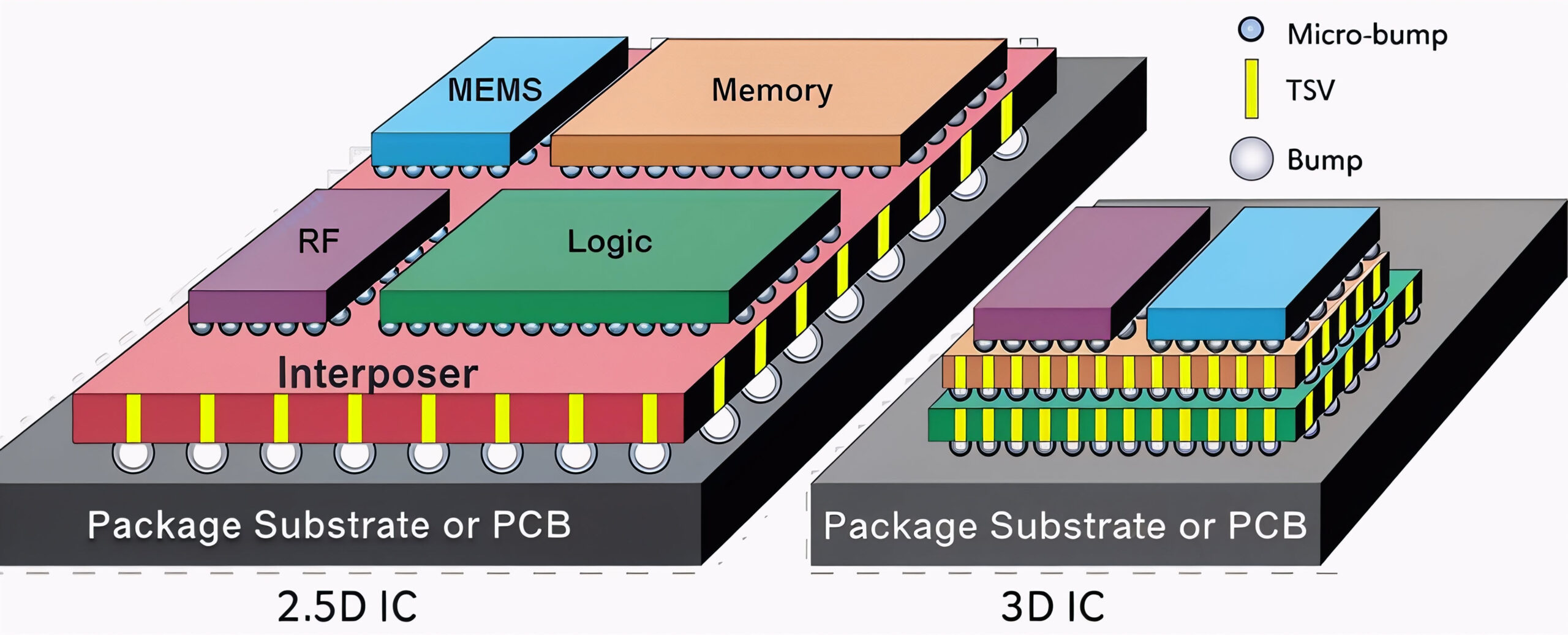 3D ESD verification: Tackling new challenges in advanced IC designBy Dina Medhat Three key takeaways 3D ICs…Read More
3D ESD verification: Tackling new challenges in advanced IC designBy Dina Medhat Three key takeaways 3D ICs…Read More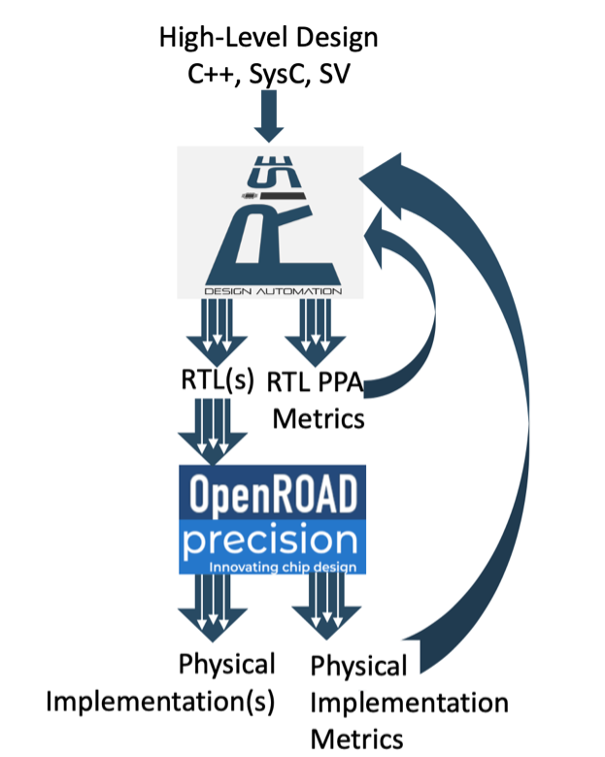 Reimagining Architectural Exploration in the Age of AIThis is not about architecting a full SoC…Read More
Reimagining Architectural Exploration in the Age of AIThis is not about architecting a full SoC…Read More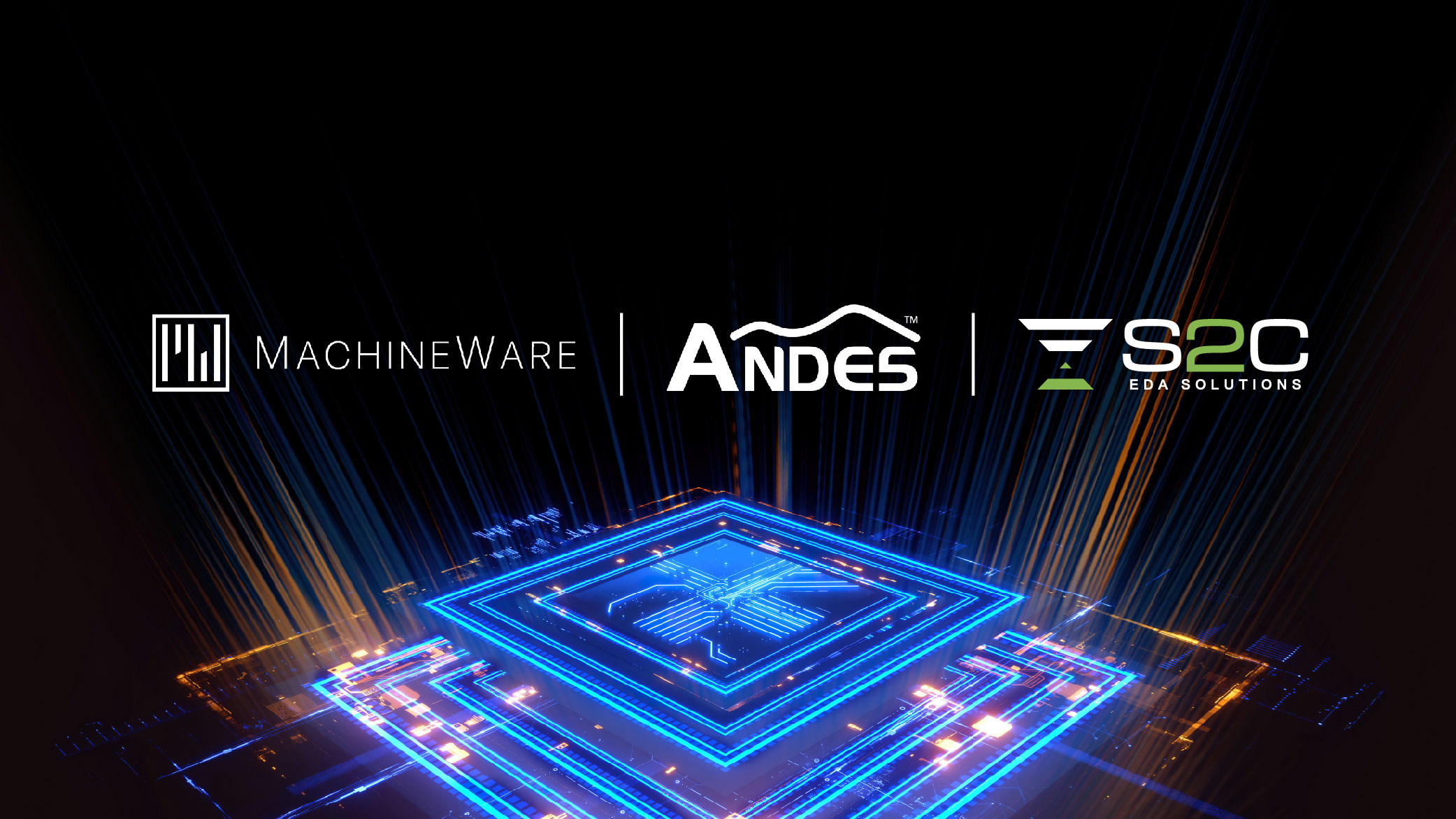 S2C, MachineWare, and Andes Introduce RISC-V Co-Emulation Solution to Accelerate Chip DevelopmentMachineWare, and Andes Technology today announced a collaborative…Read More
S2C, MachineWare, and Andes Introduce RISC-V Co-Emulation Solution to Accelerate Chip DevelopmentMachineWare, and Andes Technology today announced a collaborative…Read MoreTop 10 Reasons to invest in Interactive Design Rule Checking tools
One of the most energetic presentations at the recent TSMC OIP 2015 symposium was given by Tom Williams from Qualcomm, who shared his insights (and enthusiasm!) for Mentor’s Calibre RealTime interactive Design Rule Checking (iDRC) product.
Paraphrasing Tom’s presentation (and with a tip of the hat to David Letterman), here … Read More
EDA By the Numbers, Phil Kaufman, Emerging Companies and More
The quarterly numbers are out from the EDAC Market Statistics Service (MSS) for Q2. The headline number is that revenue for the industry increased by 8.5% for Q2 to $1906.5M versus $1759.9M in Q2 last year. The four quarter moving average, that smooths out a lot of seasonality by comparing the most recent four quarters to the prior… Read More
Xilinx Beats Altera to the First FinFET FPGA!
Why do I stalk the FPGA industry? Well, FPGAs are an important part of the fabless semiconductor ecosystem for two reasons: 1.) They enable very cost effective design starts which are the life’s blood of the semiconductor industry and 2.) FPGA prototyping allows designers to verify their designs before committing to silicon and… Read More
Automotive MCU code fault-busting with vHIL
With electronic and software content in vehicles skyrocketing, and the expectations for flawless operation getting larger, the need for system-level verification continues to grow. Last month, we looked at a Synopsys methodology for virtual hardware in the loop, or vHIL… Read More
IoT need Low-cost, Low-power…and Silicon Proven IP
Today, IoT devices are available in our daily life through wearable, smart appliances or metering application and some prediction call for 33 billion connected objects, 25 billion being IoT by 2020 (Gartner, 2014). Being very synthetic, IoT device (smart appliance or wearable object) will be wirelessly and securely connected… Read More
Can the Likes of iPhone 6s Bring New Disruptions?
In more than 30 years of semiconductors, we have seen many technology-induced disruptions in our ecosystem, be it healthcare, consumer, mobile, aerospace, or any other field for that matter. To name a few are portable healthcare devices at much lower prices, video conferencing over internet that reduced the need of physical … Read More
Samsung Device Solutions Has a New Home
Last week it was the formal opening of Samsung’s new office building in North San Jose. They have brought together all of semiconductor device solutions in a huge new office building. The building can hold 2000 people. Samsung Device Solutions consists of:
- memory
- system LSI
- LED
- display
Dr OH Kwan, the CEO of Samsung Electronics,… Read More
Semiconductor Inventories Under Control
The semiconductor market is currently in a slow growth period. After 10% growth in 2014, the market is expected to only show low single-digit growth in 2015. Our own forecast at Semiconductor Intelligence is 1.5%. In several previous market slowdowns, inventories in the channel have climbed as some companies were slow to adjust… Read More
Indian Railways and SoCs
Last week I woke up late as usual and decided to flip through the news paper on Coffee to enjoy the lazy Sunday morning, but I ended up reading a sad news about a train accident. Everyday virtually we hear about minimum one accident. Indian Railways, wow, what a reliable transportation system we have built. It clearly indicates we have… Read More





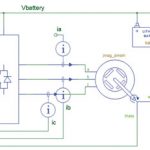
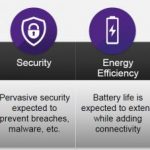
Quantum Computing Technologies and Challenges